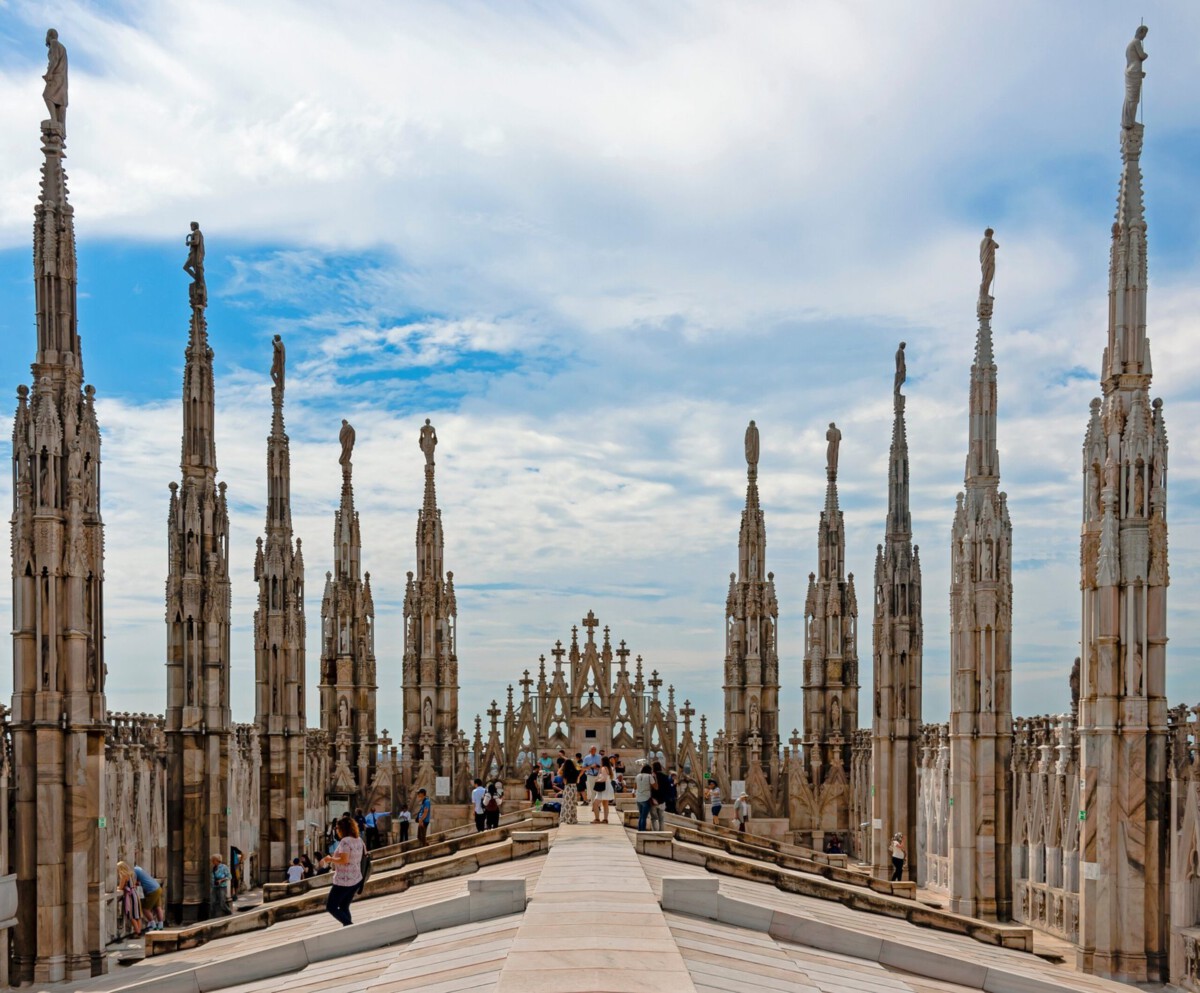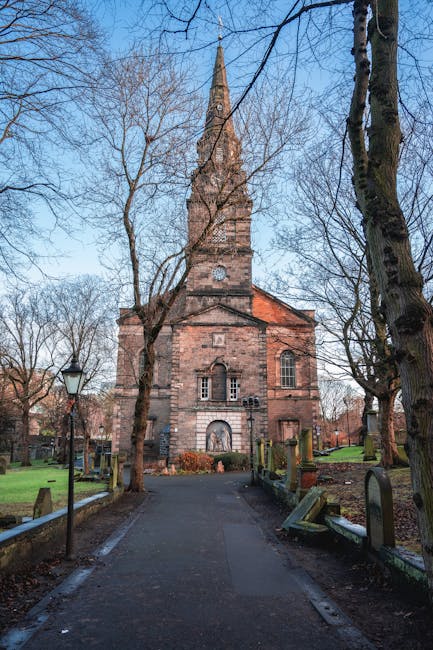Overcrowding in Tourist Hotspots

If you’ve strolled through Venice’s Piazza San Marco in the last two years, you know the feeling—shoulder to shoulder with tourists, barely able to see the sights over a sea of heads. Italy’s main attractions, especially cities like Rome, Florence, and Venice, are now bursting at the seams. The Italian National Institute of Statistics reported in 2024 that tourist numbers swelled by 15% compared to 2023, straining local infrastructure and transforming once-peaceful piazzas into bustling markets. Waiting in line for hours to glimpse the Sistine Chapel or squeeze onto a crowded vaporetto has become the new norm. Locals often avoid their own city centers during peak seasons, leaving visitors to jostle amongst themselves. The intimate, magical feeling that once drew me to Italy is fading, replaced by something that feels more like a theme park than a real place. The experience of savoring a moment in silence or stumbling upon a hidden gem has become nearly impossible, and that’s a loss you can’t help but feel.
Rising Costs of Travel

It’s no secret that a trip to Italy is pricier than ever. According to Eurostat’s 2024 research, hotel prices in tourist hotspots like Rome and Milan have jumped by an average of 20% since 2023. Even a simple meal of pasta and wine at a trattoria can now set you back double what it did a few years ago. Transportation costs, from taxis to trains, have also soared, making it harder to explore on a budget. The weak euro hasn’t helped foreign travelers, either—the exchange rate has made Italy less affordable for visitors from outside the EU. Everywhere you turn, from museum tickets to gelato stands, there’s a sense that you’re paying a premium just to be there. Many travelers, myself included, have begun to wonder if the price matches the experience anymore. For families and solo adventurers alike, these rising costs can turn what should be a relaxing escape into a financial headache.
Environmental Concerns

Italy’s beauty is undeniably fragile, and the flood of visitors is taking its toll. The World Wildlife Fund’s 2023 report painted a sobering picture: famous destinations like Cinque Terre and the Amalfi Coast are suffering from erosion, pollution, and piles of waste left behind by tourists. The canals of Venice have seen declining water quality, and the beaches of Sardinia are often littered after peak season. Efforts to promote sustainable tourism are underway, but progress is slow and often met with resistance from businesses reliant on high visitor numbers. Seeing plastic bottles bobbing in the Adriatic or graffiti scrawled on ancient ruins is heartbreaking. More and more, I’ve found myself worrying that my own presence was part of the problem. The sense of guilt that comes with witnessing this degradation can weigh heavily on any traveler who cares about the places they visit.
Cultural Erosion

The Italy I fell in love with was all about small traditions—grandmothers rolling pasta in the kitchen, lively neighborhood festivals, and locals chatting over espresso. Now, many of these customs are being crowded out by the demands of tourism. The University of Florence released a 2024 study showing that a majority of residents in popular regions feel their way of life is being diluted. Souvenir shops selling mass-produced trinkets have replaced artisan workshops. Menus are often translated into five languages, catering more to tourists than to locals. Even historic neighborhoods have been transformed, with old apartments converted into short-term rentals, pushing out families who have lived there for generations. The result is an experience that feels less authentic, more like a stage set for outsiders. It’s hard not to feel like something precious is slipping away.
Safety Concerns

The romance of Italy is sometimes interrupted by the reality of modern travel hazards. The European Travel Commission’s 2025 report revealed a rise in petty crime within major tourist hubs, with pickpocketing and scams becoming increasingly common. Travelers are warned to keep a tight grip on their belongings in crowded areas like the Colosseum or Milan’s Duomo. Stories of stolen wallets and clever scams circulate widely, making many feel uneasy, especially when navigating unfamiliar streets. Police have stepped up patrols, but the sheer volume of tourists makes it hard to protect everyone. This added layer of anxiety can overshadow the simple joys of wandering, exploring, and relaxing. Safety now feels like a concern that’s hard to ignore, and it’s one that’s changed my travel habits for the foreseeable future.
Changing Travel Preferences

Travelers’ tastes have shifted dramatically since 2023, with more people craving serenity and space over crowded city squares. A 2024 Booking.com survey found that 60% of respondents now seek out quieter, off-the-beaten-path destinations rather than the traditional hotspots. Personally, I’ve found myself drawn to slow, meaningful travel: exploring small villages, hiking in nature reserves, or even just staying put in one place to soak up local life. The packed streets and rushed sightseeing of Italy’s most popular cities no longer hold the same appeal. Instead, people are craving genuine connections, unique experiences, and a sense of discovery that isn’t overshadowed by crowds. This desire for something different is reshaping travel as we know it.
The Rise of Alternative Destinations

With Italy’s downsides becoming more apparent, other countries are stepping into the spotlight. Portugal, Greece, and Croatia have seen a surge in travelers, as documented by the United Nations World Tourism Organization’s 2024 report, which noted a 25% boost in tourism to these destinations. These countries offer everything from stunning coastlines to ancient ruins—without the relentless crowds or soaring prices. For example, Lisbon’s charming neighborhoods or Dubrovnik’s walled city provide a similar sense of wonder and history. Food scenes are blossoming, and the welcome from locals feels warmer and less transactional. As more people share their positive experiences in these new hotspots, it’s easy to see why the tides are turning. Many travelers, myself included, are happy to explore fresh horizons.
The Impact of Climate Change

Italy’s weather is changing, and not always for the better. The Italian Ministry of the Environment’s 2023 study reported a noticeable uptick in heatwaves and unpredictable storms, particularly during the summer tourist season. Last July, Florence recorded its hottest day ever at 43°C (109°F), making sightseeing nearly unbearable. Flooding in Venice and wildfires in Sicily have also disrupted travel plans, sometimes stranding tourists or forcing cancellations. These extreme weather events make planning a trip more stressful and less predictable. Even traditional shoulder seasons like spring and autumn have seen unusual weather patterns, impacting the once-reliable rhythm of Italian vacations. Climate change is now part of the travel equation, and it’s a factor that’s becoming harder to ignore.
The Need for a Break

There’s something to be said for stepping back and reevaluating travel routines. The 2024 Travel Weekly survey found that 70% of travelers admitted to feeling overwhelmed by the pressures of modern tourism—endless planning, crowded flights, and the nagging fear of missing out. This burnout has led many to seek deeper, more meaningful experiences, even if that means skipping Italy for a while. Taking a break can be refreshing, offering the chance to try new destinations or revisit forgotten passions. It’s a little like putting down a favorite book halfway through, knowing you’ll appreciate it more when you pick it up again. Sometimes, distance really does make the heart grow fonder, and a pause from Italy might be just what travelers need to rekindle their sense of wonder.
Conclusion: A New Perspective on Travel

Italy still holds its timeless charm, but the landscape of travel has shifted. Crowds, costs, environmental challenges, and cultural changes have all shaped the way people experience the country today. As travelers look for quieter, more authentic adventures, many are turning to new destinations and fresh experiences. Exploring beyond Italy’s borders can bring unexpected joy and renewed appreciation for travel itself.






